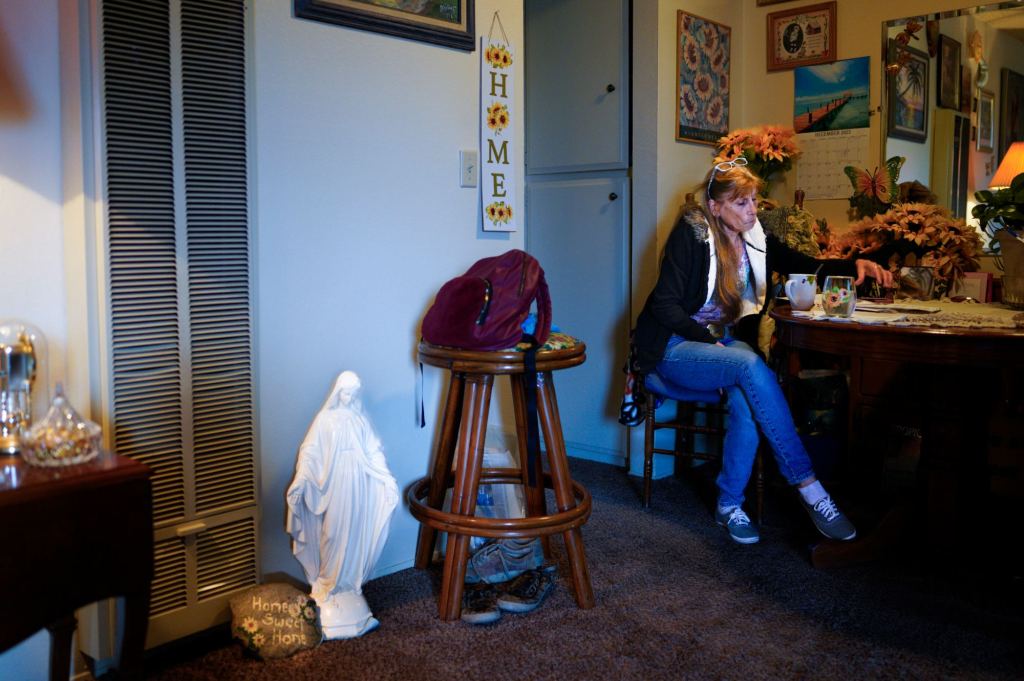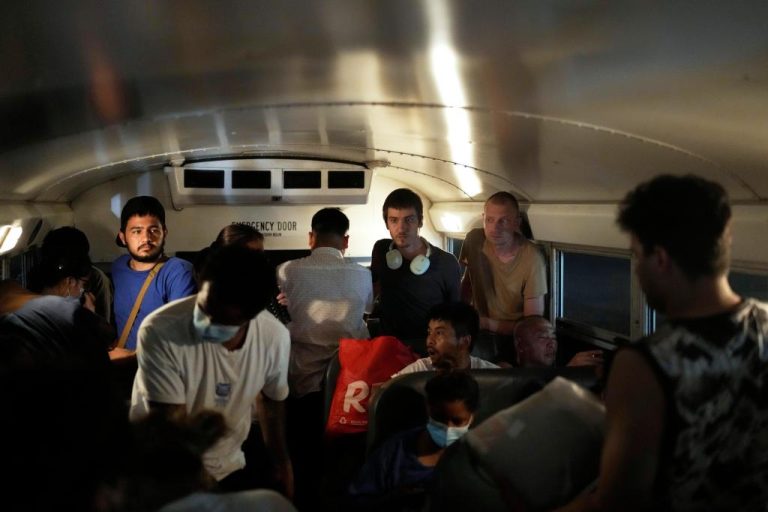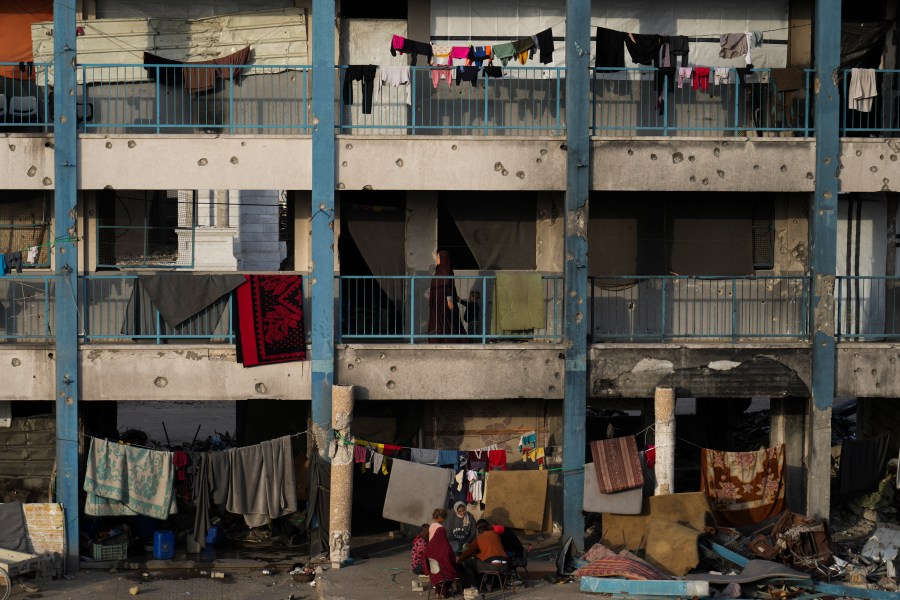

Even if shelters are opened and additional housing built in the new year, San Diego leaders know homelessness won’t vanish until they prevent residents from ending up on the street in the first place.
More than 800 people countywide have become newly homeless each month since at least late 2021. Most months were far worse, which leads to one big question: How much could that trend be reasonably slowed?
Andrew Hening, chief strategy officer for the Regional Task Force on Homelessness, argues that the county should aim for a 10 percent reduction in the next few years.
“That would be monumental,” he said in early December at a homelessness conference downtown. Combined with efforts to more quickly get people out of encampments and into housing, “you would start to see major, measurable reductions in homelessness very quickly.”
Prevention initiatives often take the form of rental assistance, where residents get monthly payments, or diversion funding, which can cover one-off expenses like apartment deposits, both of which invite a second question: How many people currently need those types of aid?
Three numbers offer a hint.
Last year, the County of San Diego asked if anyone could use $500 a month to help pay rent. The pilot program was only open to those at least 55 years old, yet nearly 2,200 people still raised their hands in just the first round of applications. (So far there has only been enough funding for less than a fifth of that total.)
Within the city of San Diego, the housing commission oversees rental assistance vouchers for a broader swath of the population, and its wait list included more than 65,890 households as of August. The estimated wait time? More than 15 years.
Then there’s a recent study from the California Housing Partnership. The nonprofit concluded that more than 134,500 low-income renters countywide did not have access to affordable homes. Among those with “extremely” low incomes, the vast majority were dropping more than half their paychecks on housing costs, which can increase the risk of eviction.
Sofia Cardenas, data and compliance manager with the nonprofit Alpha Project, made the case at the December conference for more investment in diversion, which she credited with helping a number of families quickly land stable housing. “The key to all of this has been a true flex fund with very few strings attached,” she said at one panel.
Prevention and diversion have historically received less support than other forms of aid, although some research has found that they may save money in the long run. One study by the San Diego County Taxpayers Association concluded that upstream spending was linked to a more pronounced drop in homelessness.
Those approaches may be increasingly attractive to elected leaders facing steep budget deficits in the coming fiscal year, including the city of San Diego.
The San Diego City Council has formed a new committee to explore ways to potentially lower the costs of housing, child care and transportation.
The move was praised by Kyra Greene, executive director of the local nonprofit Center on Policy Initiatives. “San Diego has continued to be unaffordable even for workers in jobs that are essential to our local economy,” she said in a statement, a situation exacerbated by a longstanding “lack of government attention and will to bring down costs.”
Councilmember Sean Elo-Rivera will chair the committee and pledged to “take on corporate greed, big tech, and anyone who is making life unaffordable for working families.”
On the plus side, November was the first month in years where more homeless residents were connected to housing than the number of people who lost a place to stay, meaning the crisis finally contracted after a long period of increases.







